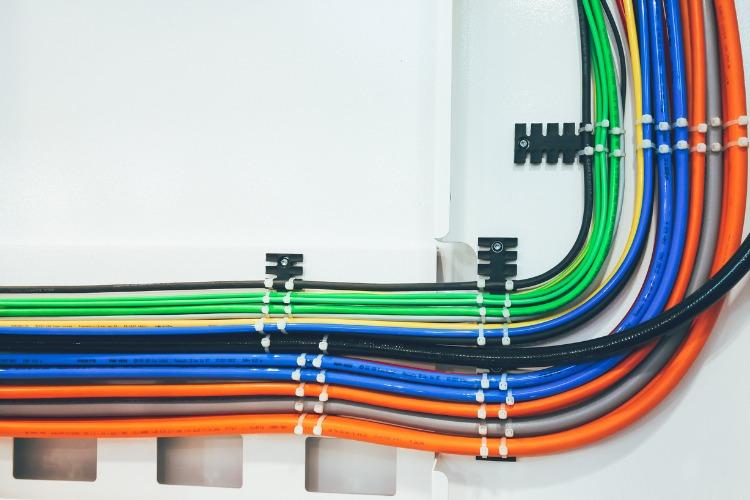How to Manage the Cables Around Your Desks
In busy office spaces, hazards concerning cables are commonplace, with issues such as spilled drinks and exposed wiring (or cables) the most likely culprits overall.
Whether you own a commercial property with multiple desk spaces or work from a home office, you’ll have to manage exposed cables and ensure that the space is designed as safely as possible. Explore different ways to help achieve such objectives.
Use Hooks and Cable Ties
The use of adhesive hooks and cable ties is most commonplace in office spaces, as this enables you to secure them to surrounding furniture and keep the floors completely clear.
This is also an accessible and affordable option and one that can be implemented without the need to make any major modifications to your office interior.
You can also invest in different colored cable ties to ensure that they go unnoticed when connected to a furniture leg, or you can create a more adventurous color scheme that complements your office’s internal branding.
In busy office spaces and computer rooms, you may also want to consider investing in wire duct trays. These neat products provide a presentable and organized solution to the issue of exposed cables, creating a professional look that’s ideal when hosting clients or visits from senior managers.
Run the Cables Through Interior Walls
Often, the majority of cables will surround your computer and monitor, and you may be best served by running them through the nearby interior walls where possible.
This is arguably the best way of hiding an unsightly tangle of wires and cables, eliminating potential trip hazards around the back and the sides of individual desks.
To successfully run cables through interior walls, you’ll either need to outsource this task to a professional tradesperson or at least invest in an in-wall cable management kit. Both steps optimize safety and the quality of the result while enabling you to run both power and HDMI cables through the wall.
You may also want to use a tool to check for the presence of any pipework or wires before drilling, as this negates any costly mistakes that could consume time and money to repair.
Keep Things Simple and Use a Box
On a final note, you may also want to hide your exposed cables in a box, which can also house plugs, wiring, and extenders safely.
This is a highly practical and affordable home office solution, as while it may not be the most professional or aesthetically pleasing option, it’s incredibly simple to implement and at least keeps things tidy at home.
You can even use a simple charging box, which serves the dual purpose of storing your cables and ensuring that connected devices can be charged seamlessly in real-time.
Of course, you can even make your box in some instances, but we’d recommend checking out the broad and diverse collection of options currently available online.

